Growing your own mushrooms at home is easier than you might think, and one of the best ways to start is with mushroom plug spawn. This traditional method has been used for centuries and is still a favourite for growing mushrooms in natural hardwood logs. In this guide, we’ll cover what mushroom plugs are, how to use them, which mushrooms you can grow, and the other types of spawn you might want to try.
Jump to:
-
What are mushroom plugs?
-
How to use mushroom spawn plugs
-
What can I grow using mushroom spawn plugs?
-
What are other types of mushroom spawn?
What are mushroom plugs?
Mushroom plugs (also called dowel spawn or plug spawn) are small hardwood dowels that have been inoculated with mycelium and are inserted into freshly cut logs. This allows the mycelium to spread through the wood (colonise) and eventually produce mushrooms.
How to use mushroom spawn plugs
Using mushroom spawn plugs is simple enough, but it does need some important preparation and aftercare if you want a good, long-lasting yield. Here’s a step-by-step guide on how to use mushroom spawn plugs:
-
Choose the right wood: Hardwood logs such as oak and beech are your best options as they’re nutrient-rich and durable – unlike some softwoods like pine or spruce. Make sure your log is cut within the last 2–6 weeks and is free from disease or decay. Also, avoid logs that are either waterlogged or dried out, as both can harm the mycelium.
-
Drill holes: Use an 8mm drill bit to drill 2–3cm deep holes in a diamond pattern around the log.
-
Insert the plugs: Tap a spawn plug into each hole using a hammer or mallet until it sits flat with the bark.
-
Seal the holes: Cover the holes in the log with wax to protect the mycelium from drying out and being affected by competing moulds or insects. Sponge brush
-
Position the log: Keep your log in a shady, moist environment. This prevents the wood from drying out and helps the mycelium spread through the log. Raise it slightly off the ground to reduce contact with soil and limit contamination from wild fungi or other competing organisms.
-
Keep the log moist: Your log will need consistent moisture for the mycelium to stay alive and keep spreading. In dry weather, soak the log once or twice a week with a hose or watering can. In wetter climates, natural rainfall is usually enough.
Top tip: Cover your log with breathable fabric like burlap or a garden fleece to reduce evaporation and help lock in moisture.
What can I grow using mushroom spawn plugs?
Mushroom plugs work best with species that naturally grow on hardwood trees, including:
-
Shiitake mushrooms: Thrive in oak and beech logs; expect great yields after 12–18 months.
-
Oyster mushrooms: Adaptable and faster to fruit, often within 9–12 months.
-
Turkey tail: Hardy and versatile; colonise quickly and fruit within 9–12 months for many years.
What are other types of mushroom spawn?
While plug spawn is used for log cultivation, there are other types of mushroom spawn available:
-
Grain spawn: Quick to colonise, these are often used for Oyster mushrooms, including Blue Oyster, Pink Oyster, White Elm Oyster, and Gold Oyster
-
Straw spawn: Usually used in outdoor growing beds for Wine Cap mushrooms
-
Liquid culture: Popular with more experienced growers, mycelium is grown in a nutrient broth to jumpstart a mushroom’s growth from scratch.
Get your mushroom plug spawn from Urban Farm-It now!
Turn fresh hardwood into a thriving mushroom patch with our premium plug spawn. Trusted by growers across the UK, it’s the simple, rewarding, and long-lasting way to grow your own mushrooms. Prefer everything in one package? Our beginner-friendly log grow kits include the same high-quality plug spawn plus all the essentials – sealing wax, brush, and drill bit – so you can get started straight away. Check out our range of log grow kits now to start growing your own mushrooms today!
Mushroom plug spawn FAQs
What do I do with mushroom spawn?
Mushroom spawn is used to introduce mushroom mycelium into a growing medium. With plug spawn, you drill holes into freshly cut hardwood logs, insert the plugs, and seal them with wax. Over time, the mycelium spreads through the log, eventually fruiting into mushrooms. Different spawn types (grain, straw, or liquid culture) are used in other substrates depending on the species you want to grow.
Can you put mushroom plugs in live trees?
No, mushroom plugs should not be inserted into live trees. They are designed for freshly cut, healthy hardwood logs or stumps. Using live trees risks damaging the tree and prevents the mushroom mycelium from colonising effectively. The best results come from logs cut within the last 4–6 weeks from species such as oak and beech.
How long do mushroom plugs last?
Mushroom plugs can keep producing mushrooms for several years once inoculated into logs. On average, a well-colonised log will fruit for 3–5 years, depending on the tree species, mushroom variety, and local growing conditions. For example, shiitake mushrooms on oak can produce for up to 5 years. Unused plugs, if stored correctly in the fridge, typically stay usable for up to a year.

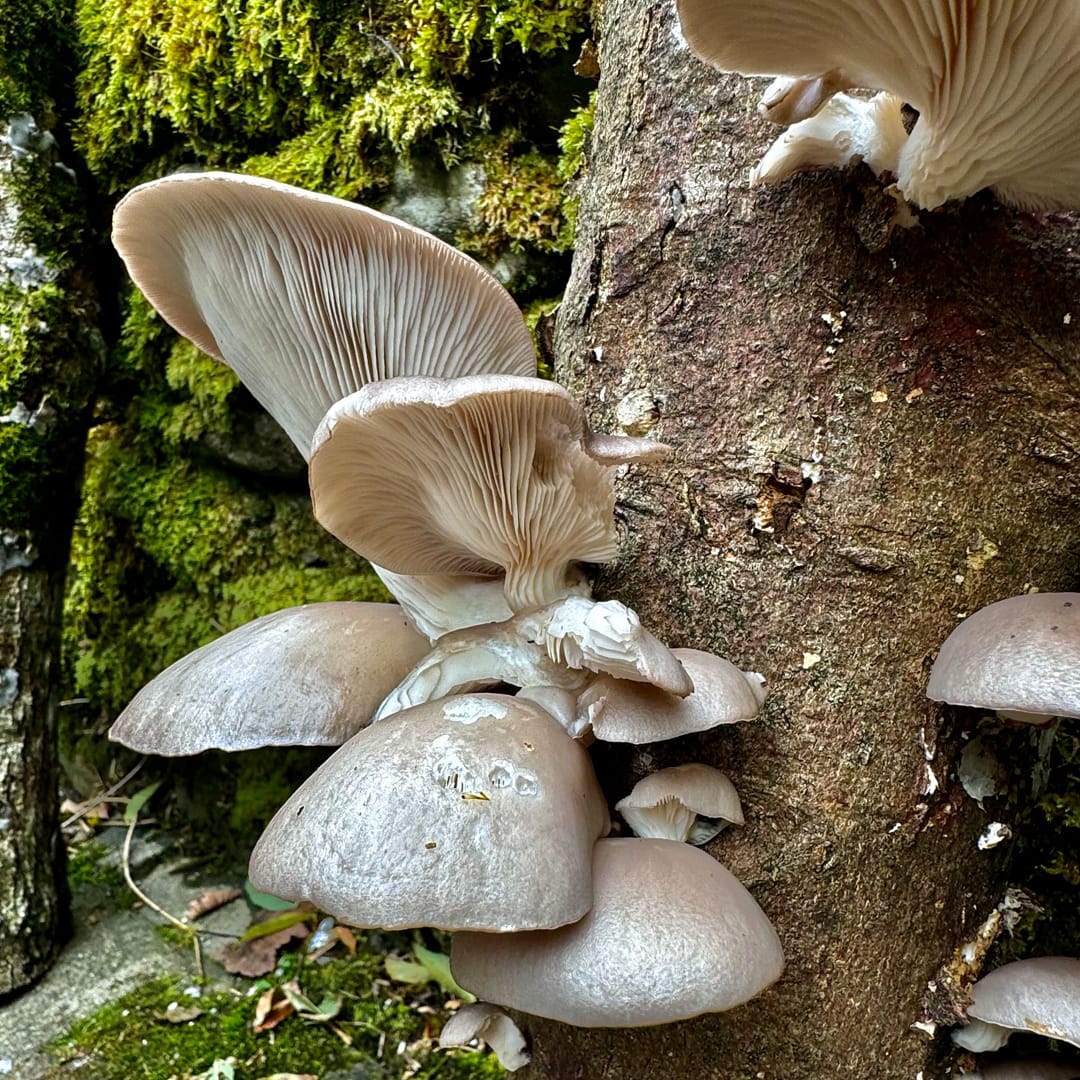
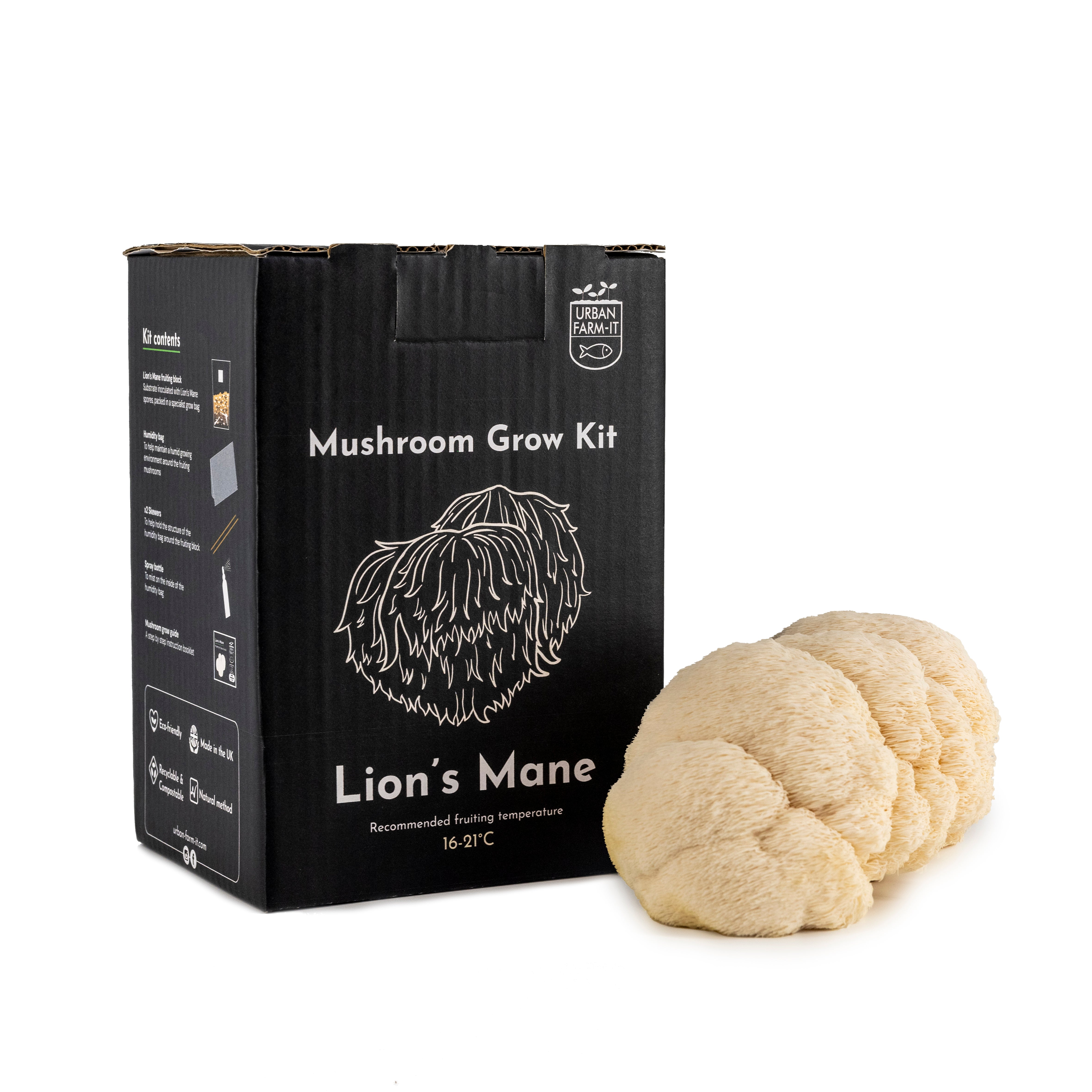
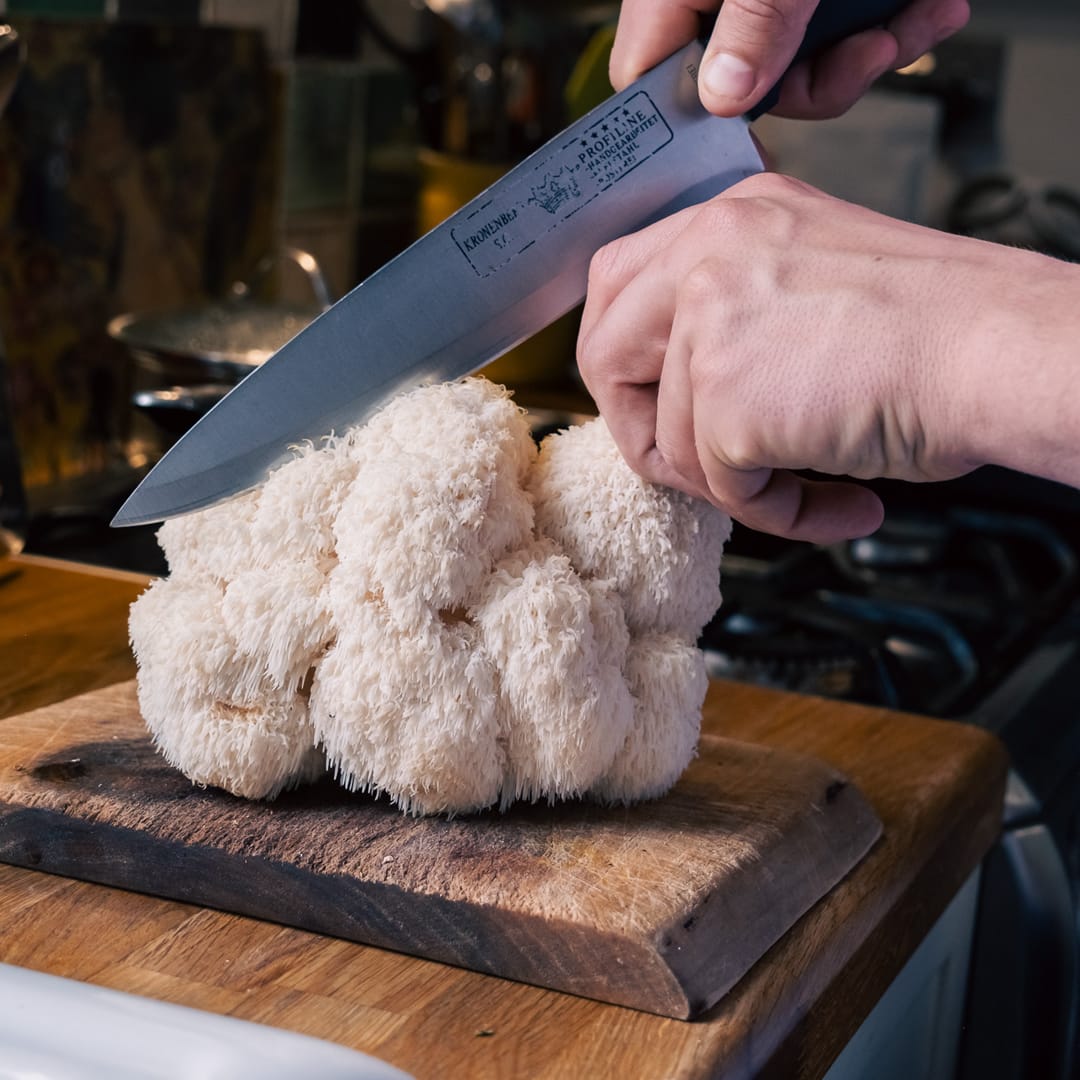


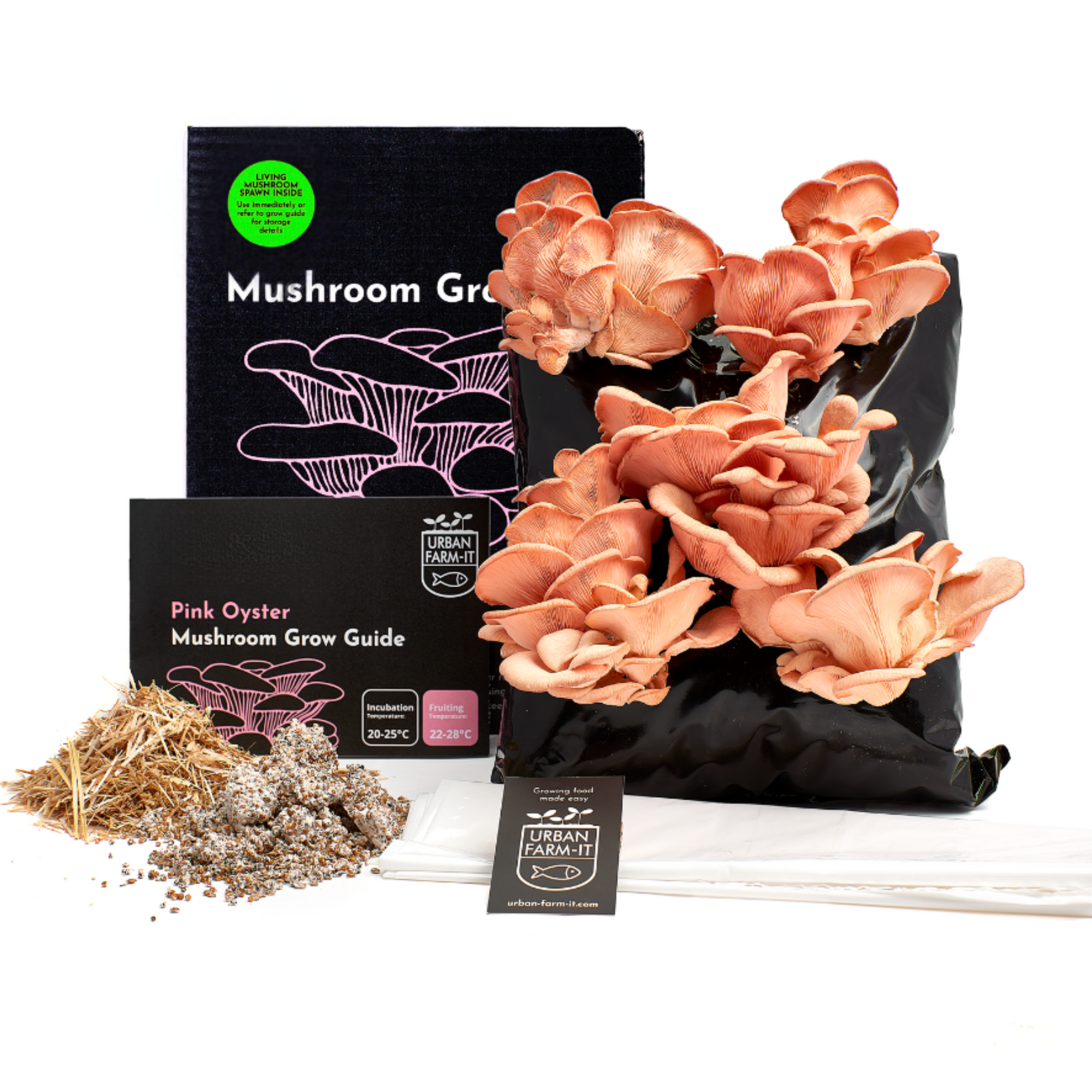
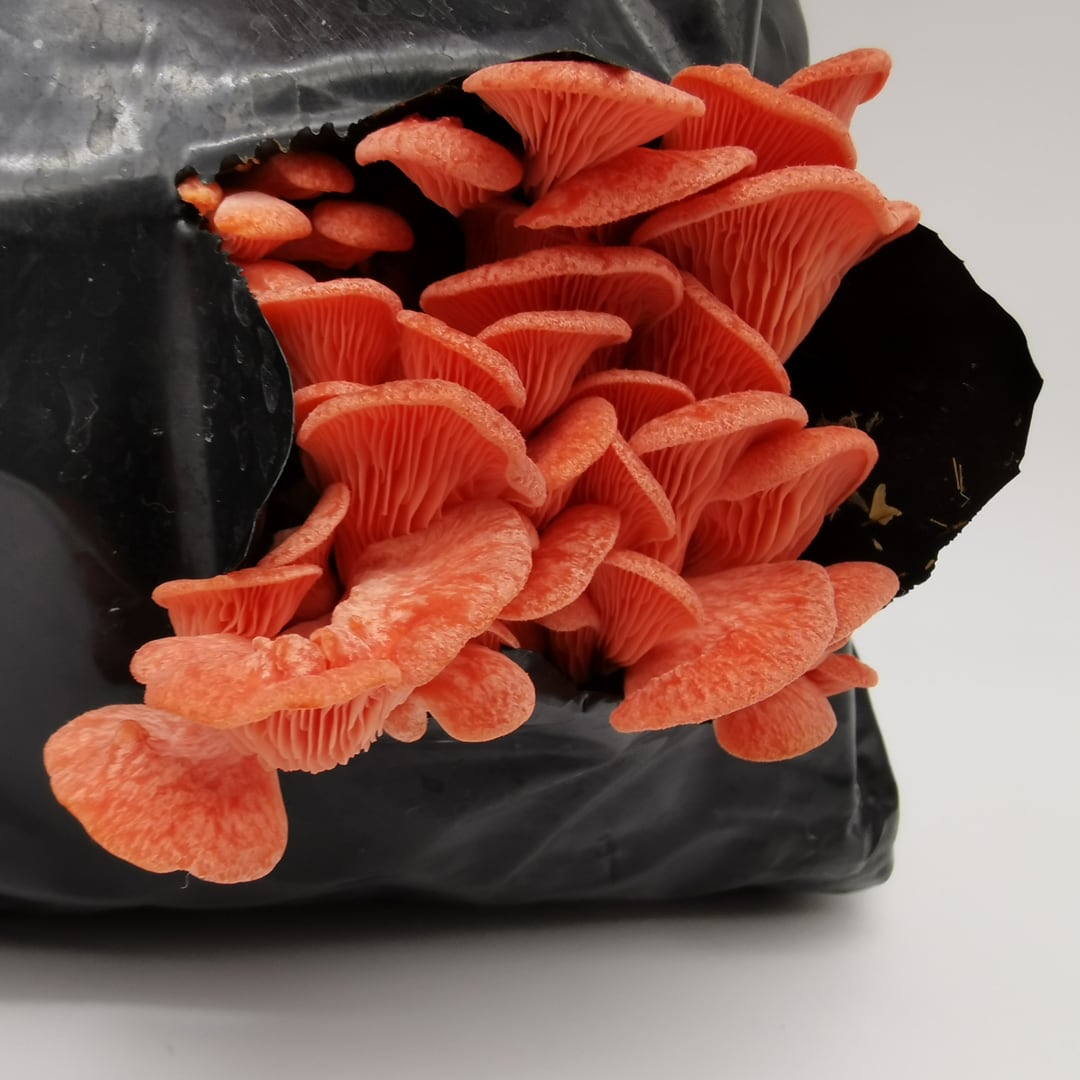
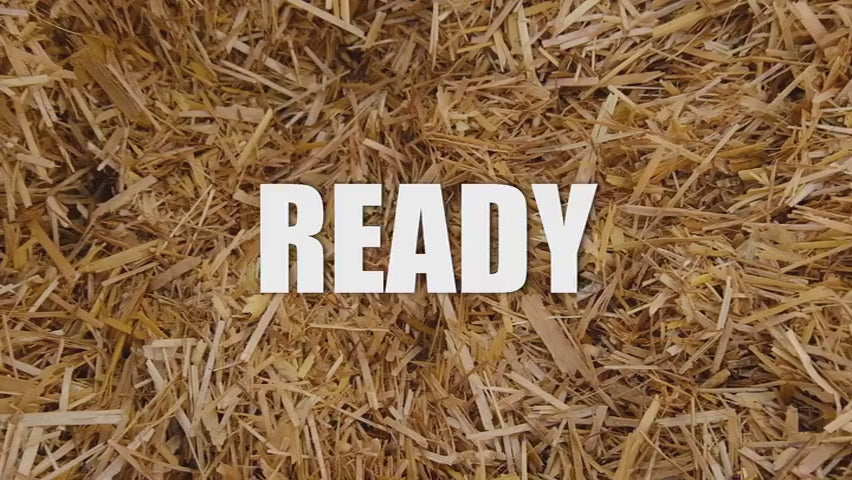
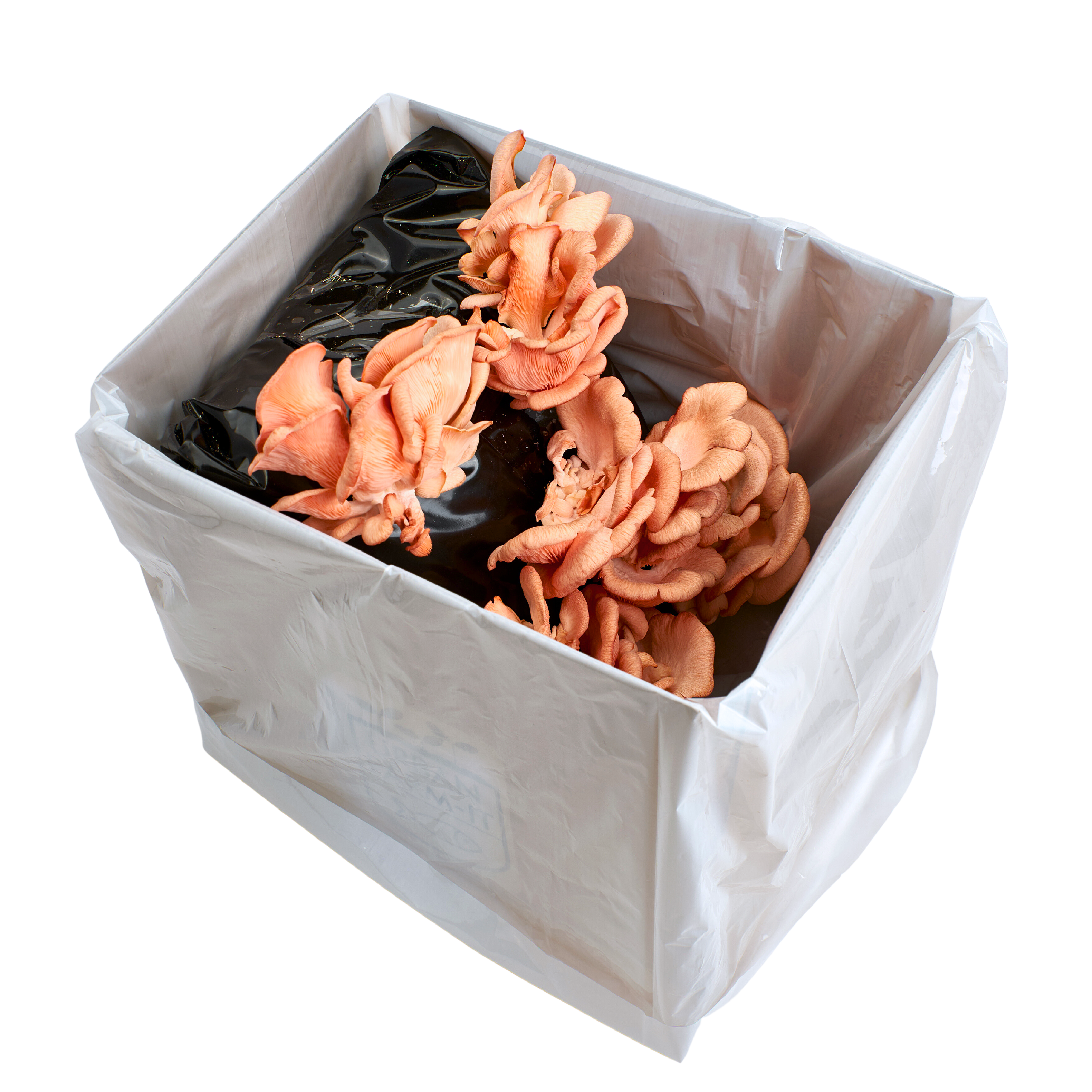
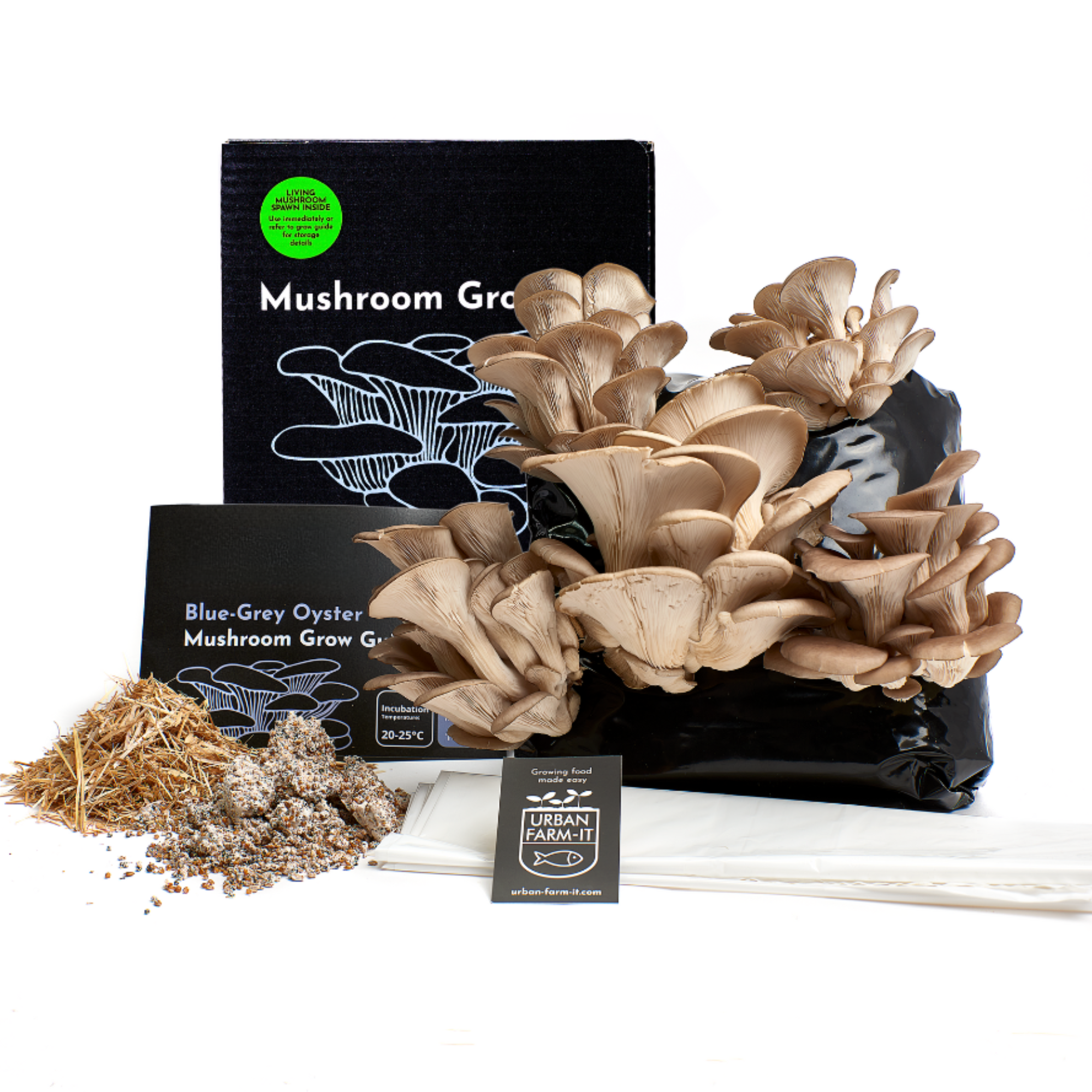
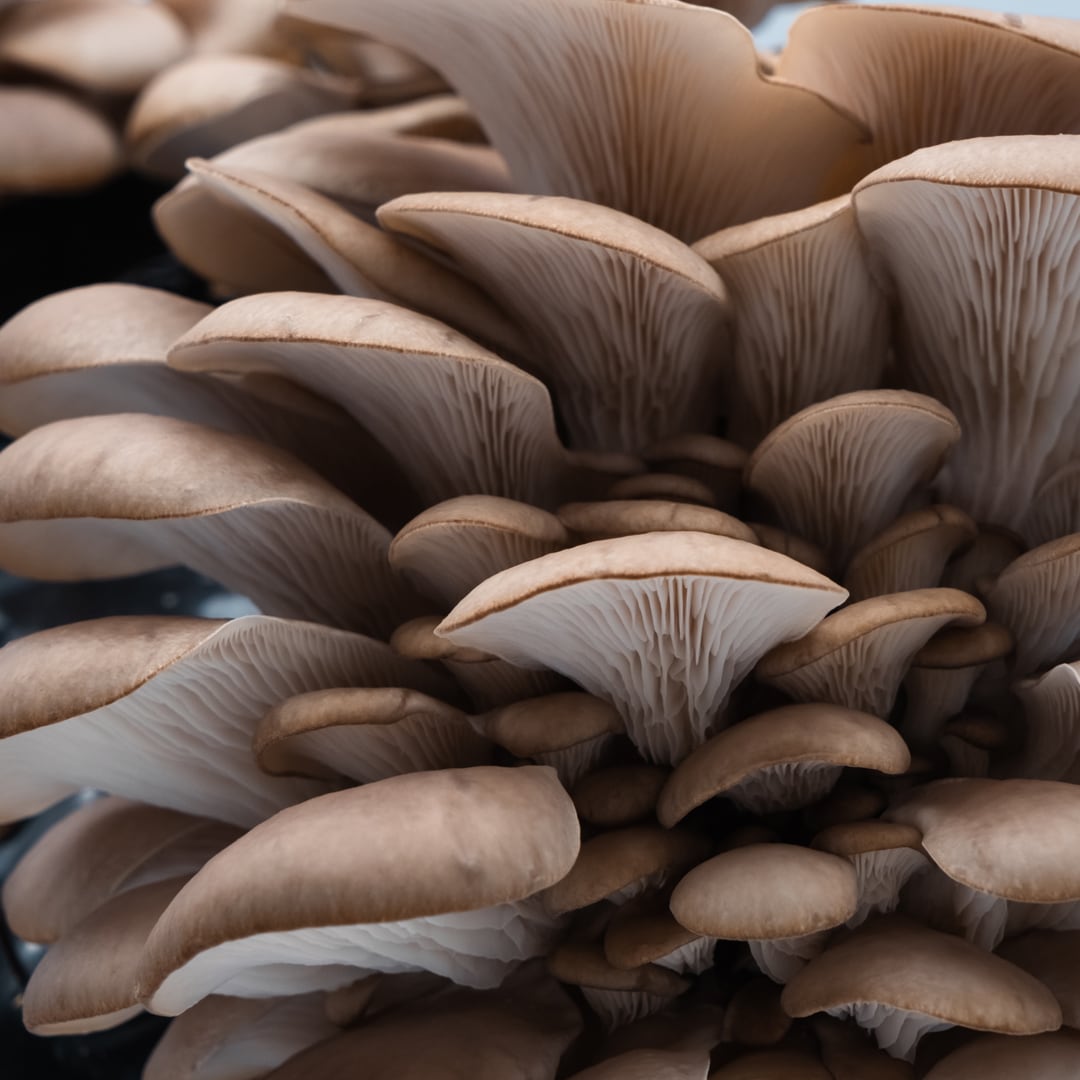

Share:
Top 3 mushroom growing kits: Bags, logs, and beds explained